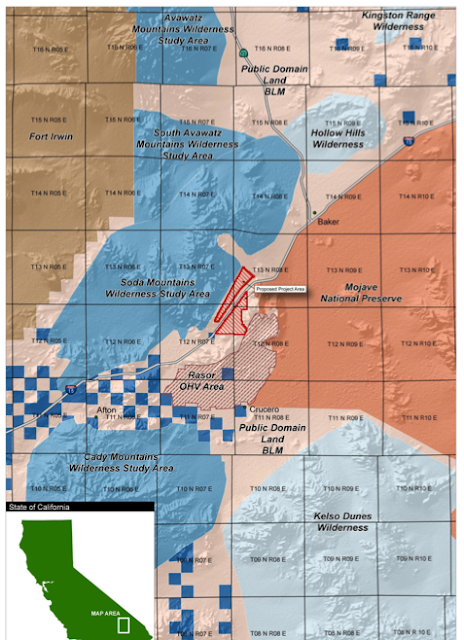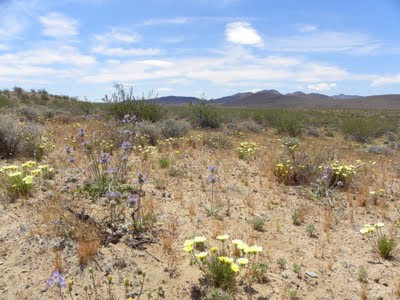How Can We Ensure a Green Implementation of the Green New Deal?
Green New Deal proposals and policy discussions often sound like a smorgasbord of different issues. You hear about job creation, counteracting inequities that have impacted underrepresented communities, research and development, agriculture, transportation, and the list goes on. Rightly so; the environmental problems of today rest on a complicated, interlocking puzzle of social, technological, and economic problems. But the underlying goal of any Green New Deal is the dramatic expansion of the renewable energy sector. That raises a prickly question: how do we do that and protect the environment at the same time? A recent UC Davis/Center for Biological Diversity study led by Dr. Rebecca Hernandez highlighted perhaps the greatest challenge we will face in implementing a Green New Deal: "Achieving a rapid transition from fossil fuels to renewable energy sources on planet Earth to support human activities, in a manner benign to Earth’s life support systems,...








